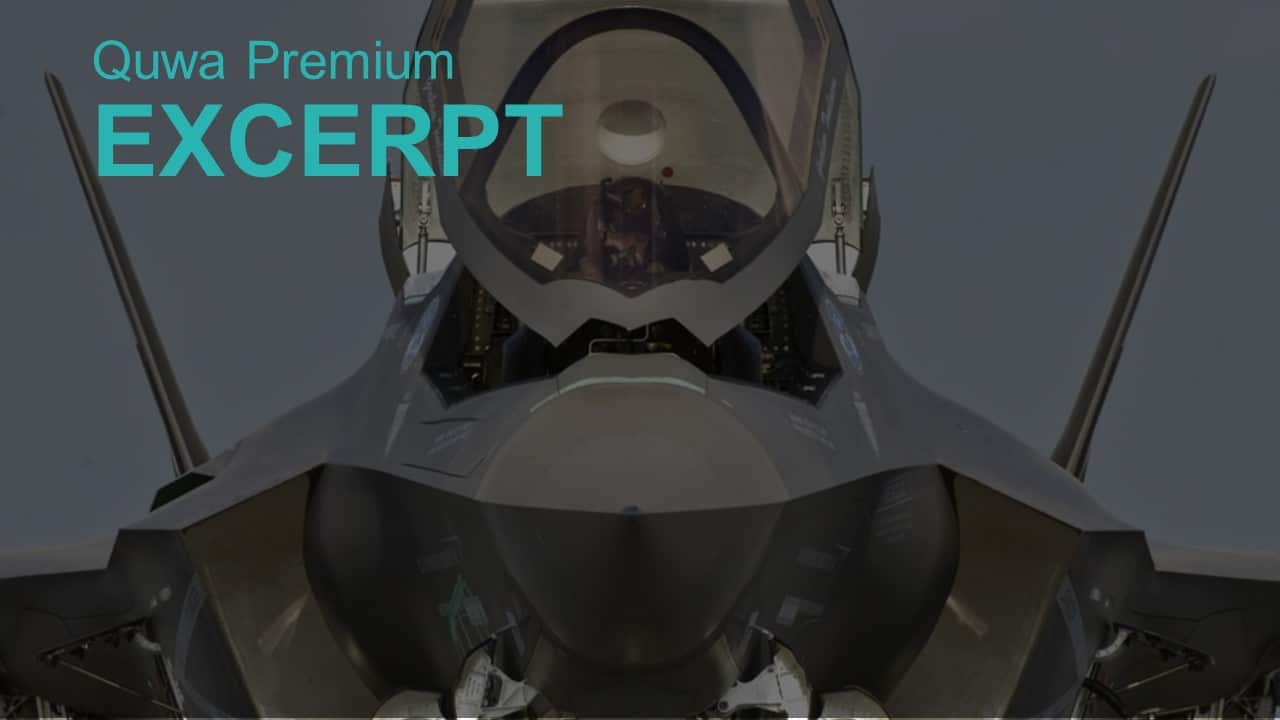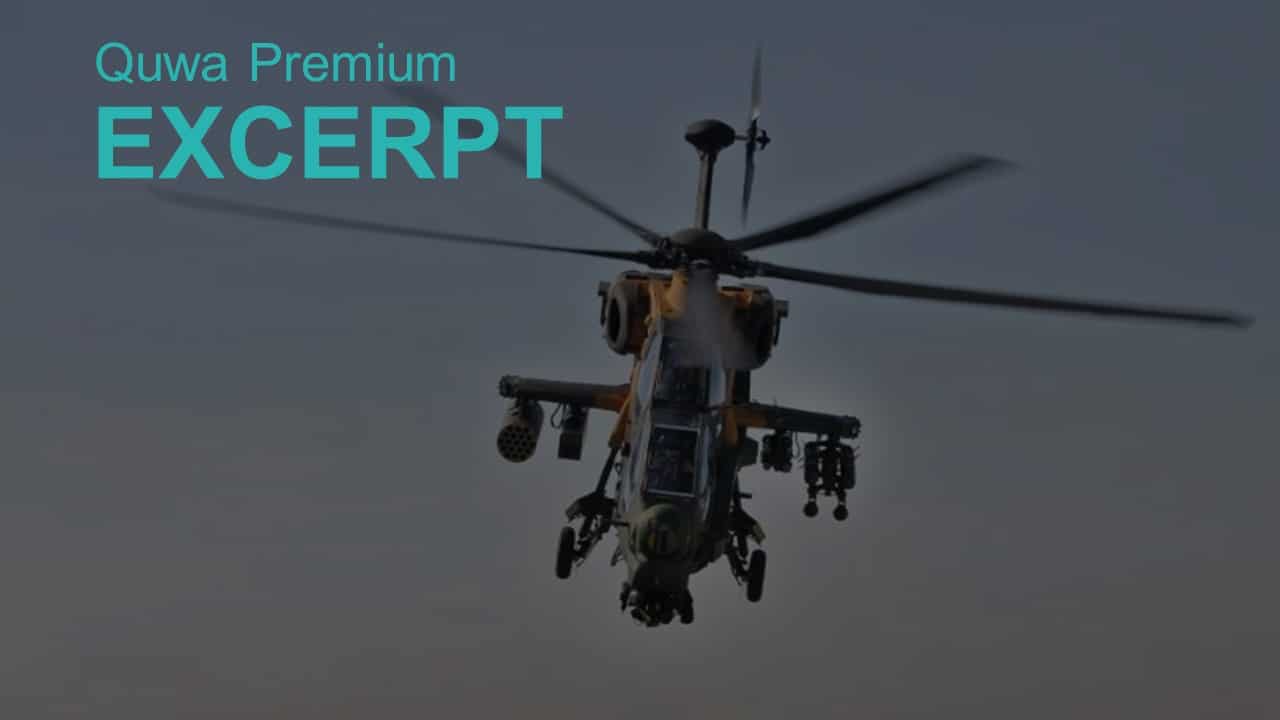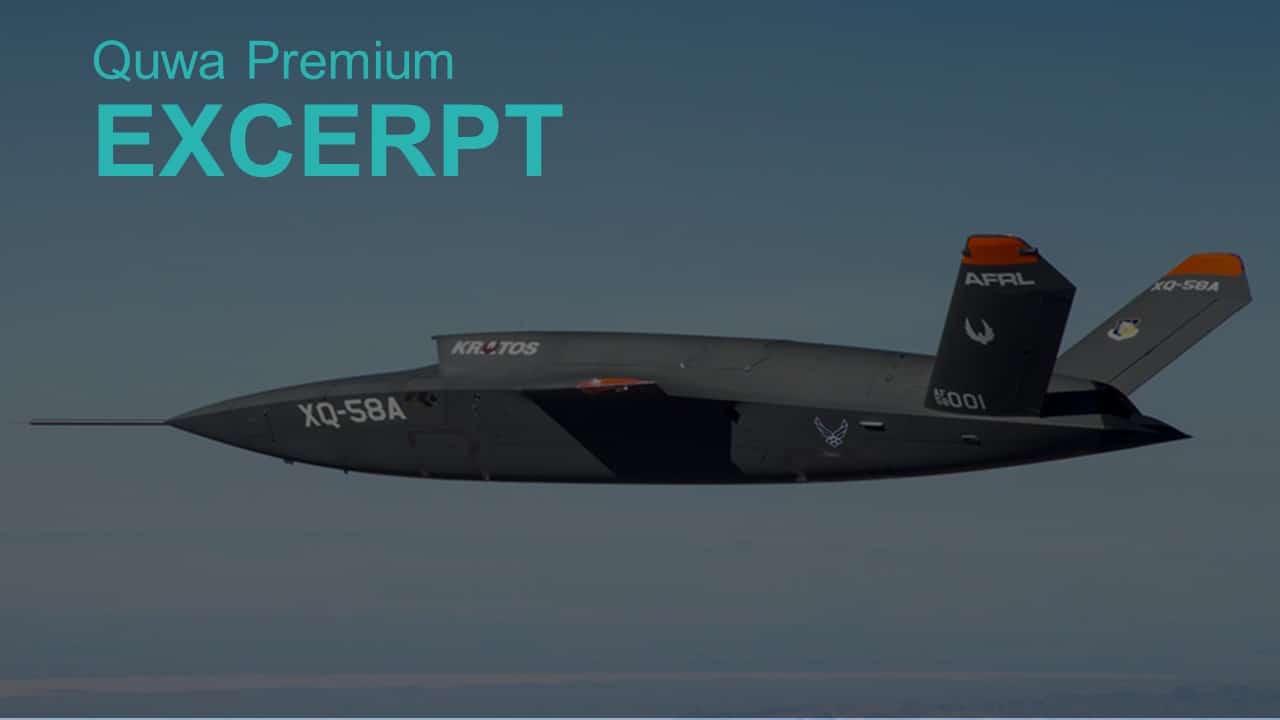1967Views

Why ‘Next-Gen’ Will Include Non-Stealth Fighters
In February 2021, the U.S. Air Force’s (USAF) Chief of Staff, General Charles “CQ” Brown, revealed that the USAF will study the idea of developing a clean-sheet fourth-generation fighter to replace its F-16s.[1] Brown added that the Air Force will also consider new-build F-16s (e.g., the Block-70/72) to replace old versions.[2]
The main driver for the study is a revised look at an optimal fleet composition. The Air Force is seeking to build the “right force mix” comprising of “high-end” and “low-end” fighters.
The “high-end” will comprise of fifth-generation fighters, such as the F-22 and F-35, and the upcoming Next-Generation Air Dominance (NGAD) platform.[3] The “low-end” is still an open question. The Air Force is interested in the value of an F-16-type aircraft, but not necessarily the F-16 itself.[4]
Thus, the study could potentially open the discussion to ‘next-generation’ fighters that do not emphasize low observability (LO) on radar as much as the F-22 or F-35. Interestingly, the U.S. is not the only country studying or working towards this concept. South Korea will soon fly its KF-21 Boramae and India is looking at developing its own carrier-capable jet, the Twin-Engine Deck-Based Fighter (TEDBF).
One could say that these fighters are not much different from existing 4.5-generation aircraft, such as the Rafale, Typhoon, or Gripen E/F. However, in contrast to older 4.5-generation fighters, these new platforms were designed to incorporate new technologies, such as active electronically-scanned array (AESA) radars and others, from the onset. In that sense, a ‘new’ 4.5-generation fighter is starting from a different league compared to its older counterparts. In fact, even the development process for these jets may be different.
One area of interest to the USAF is the use of digital engineering in the design process. They had employed digital engineering to design, develop, and fly the NGAD within a relatively short period of time. Likewise, the T-7 Red Hawk trainer had undergone a similar design and development process.
It is possible that this new clean-sheet 4.5-generation fighter could emerge in the same manner. However, with a digital engineering approach, the U.S. could test and validate aspects of the fighter (e.g., new types of subsystems and technologies) before rolling out a prototype.
In other words, being “low-end” or even “non-stealth” should not dismiss this 4.5-generation fighter’s technology or capabilities. It could still be a capable and advanced platform, but without niche features, such as internal weapon bays. For example, it is unlikely that this fighter would lack the ability to use loyal wingman or unmanned air-teaming networks, but this is a beyond fifth-generation capability.
Thus, the definition of a ‘next-generation’ fighter may change in the coming years. Instead of a strict and narrow continuum where one expects next-generation fighters to have internal bays, one may see a world where there are multiple types of next-generation fighters. Some would fulfill specific roles, such as deep-strike and maritime operations, while others are more generalist in design.
It will be interesting to see how closely the U.S. links the clean-sheet design to the “Digital Century Series” model. The Digital Century Series model envisaged the use of digital engineering and other new methods to develop inherently lower-cost (but technologically advanced and capable) fighters at a more frequent cadence. So, instead of replacing a fighter type every 30 to 40 years, the U.S. could supplant fighters with new types every 10 to 15 years, much like it had through the 1950s and 1960s.[5]
Thus, the USAF’s ‘low-end’ fighter studies could draw more on the Digital Century Series by narrowing in on cost-control and expendability (i.e., the ability to replace the fighters every 10 to 15 years). Basically, the U.S. may develop multiple types of these fighters to support the USAF’s needs through the long-term.
End of Excerpt (623/1,223 words)
You can read the complete article by logging in (click here) or subscribing to Quwa Premium (click here)
[1] Valerie Insinna. “US Air Force eyes budget-conscious, clean-sheet fighter jet to replace the F-16.” Defense News. 18 February 2021. URL: https://www.defensenews.com/air/2021/02/18/the-air-force-is-interested-in-buying-a-budget-conscious-clean-sheet-fighter-to-replace-the-f-16/
[2] Ibid.
[3] Garrett Reim. “USAF rethinks future fleet, ponders clean-sheet 4.5-generation fighter.” Flight Global. 17 February 2021. URL: https://www.flightglobal.com/fixed-wing/usaf-rethinks-future-fleet-ponders-clean-sheet-45-generation-fighter/142471.article
[4] Ibid.
[5] Valerie Insinna. “The US Air Force has built and flown a mysterious full-scale prototype of its future fighter jet.” Defense News. 15 September 2020. URL: https://www.defensenews.com/breaking-news/2020/09/15/the-us-air-force-has-built-and-flown-a-mysterious-full-scale-prototype-of-its-future-fighter-jet/


